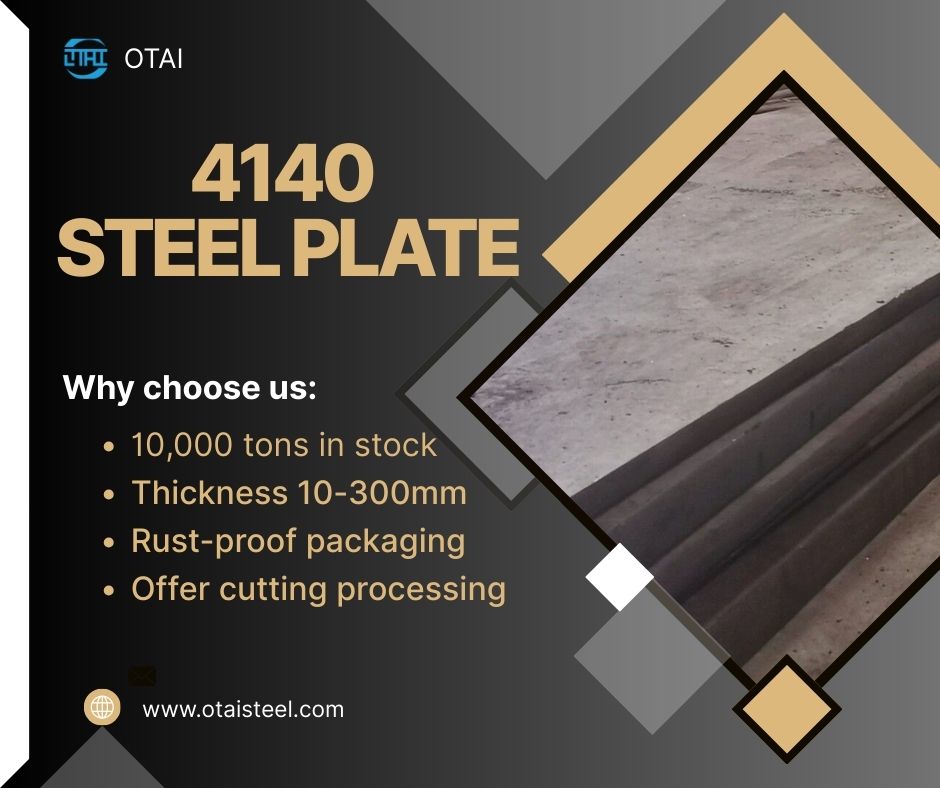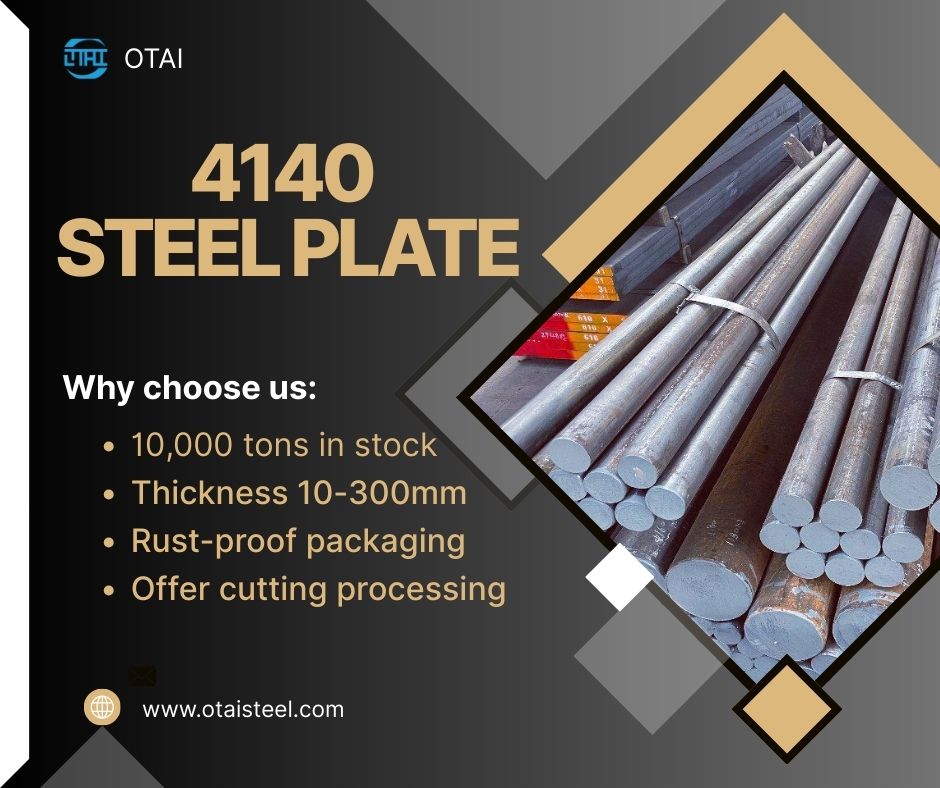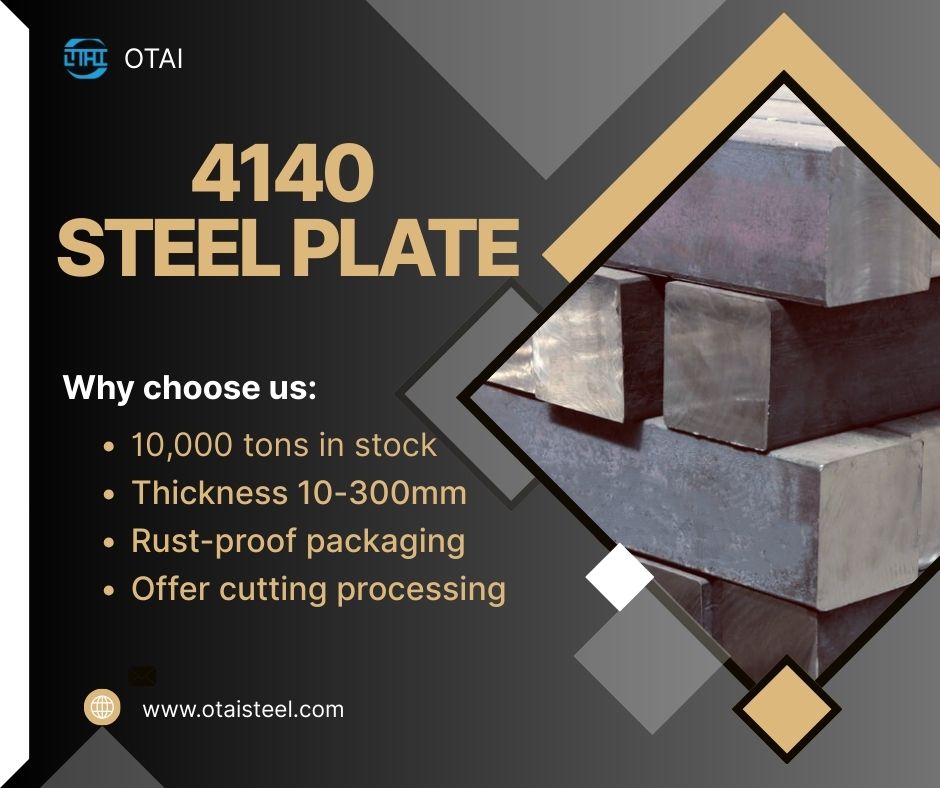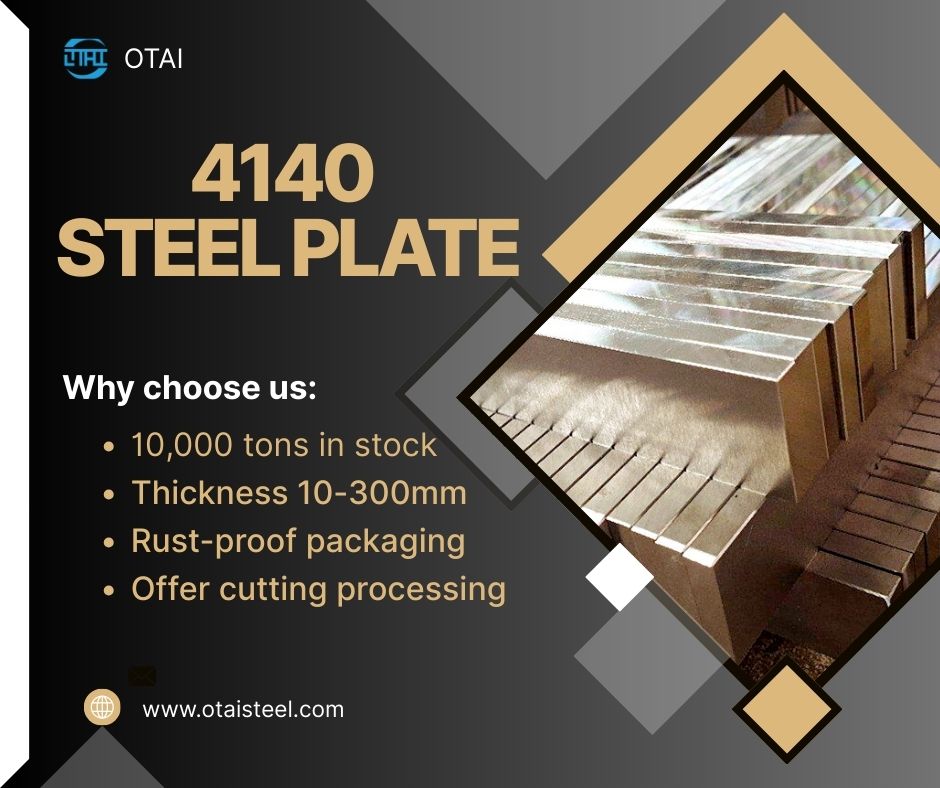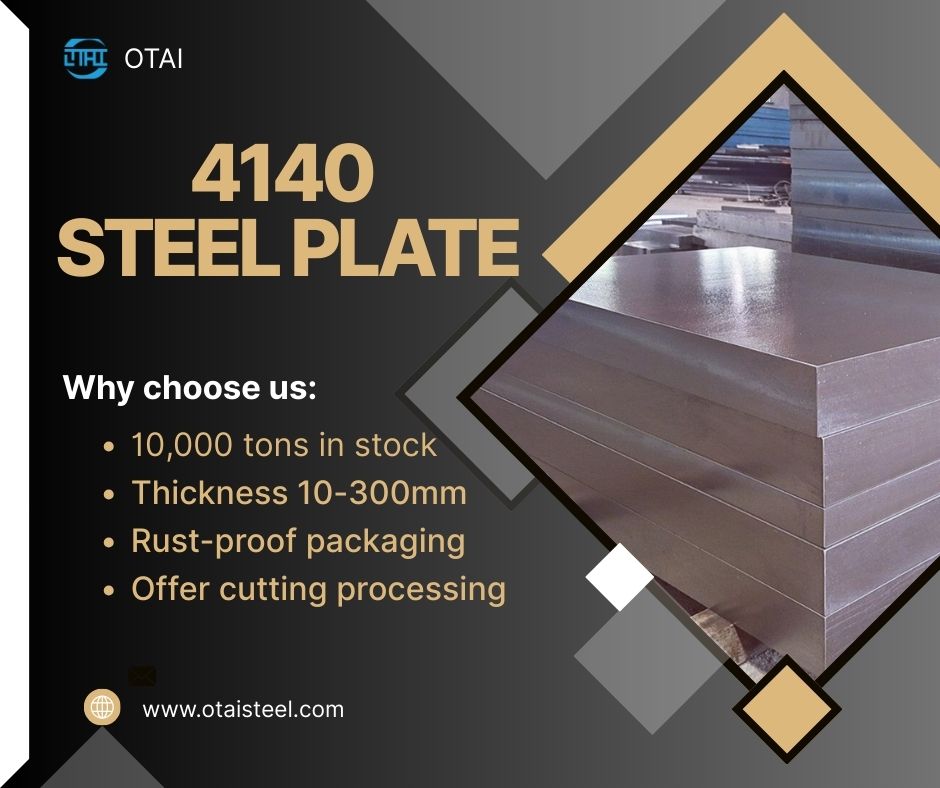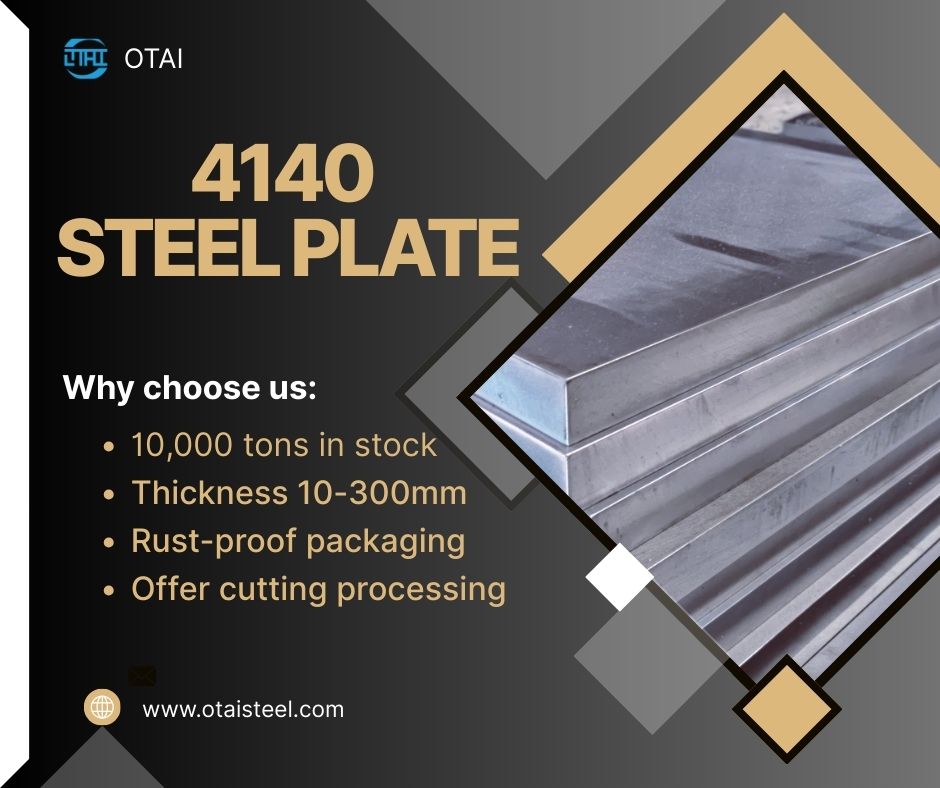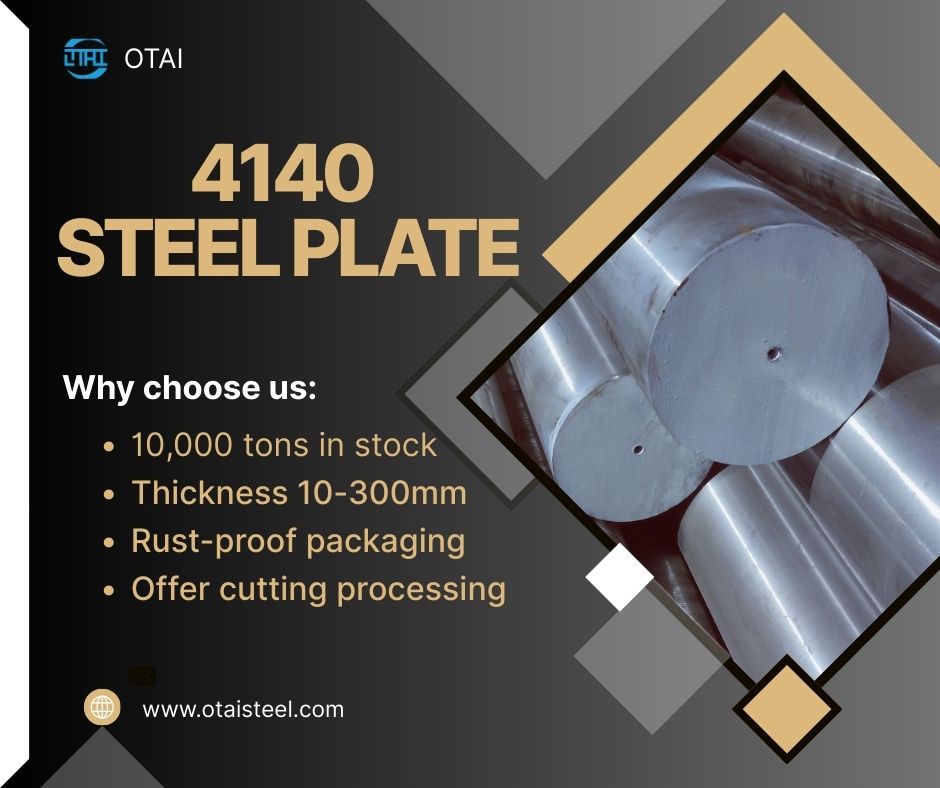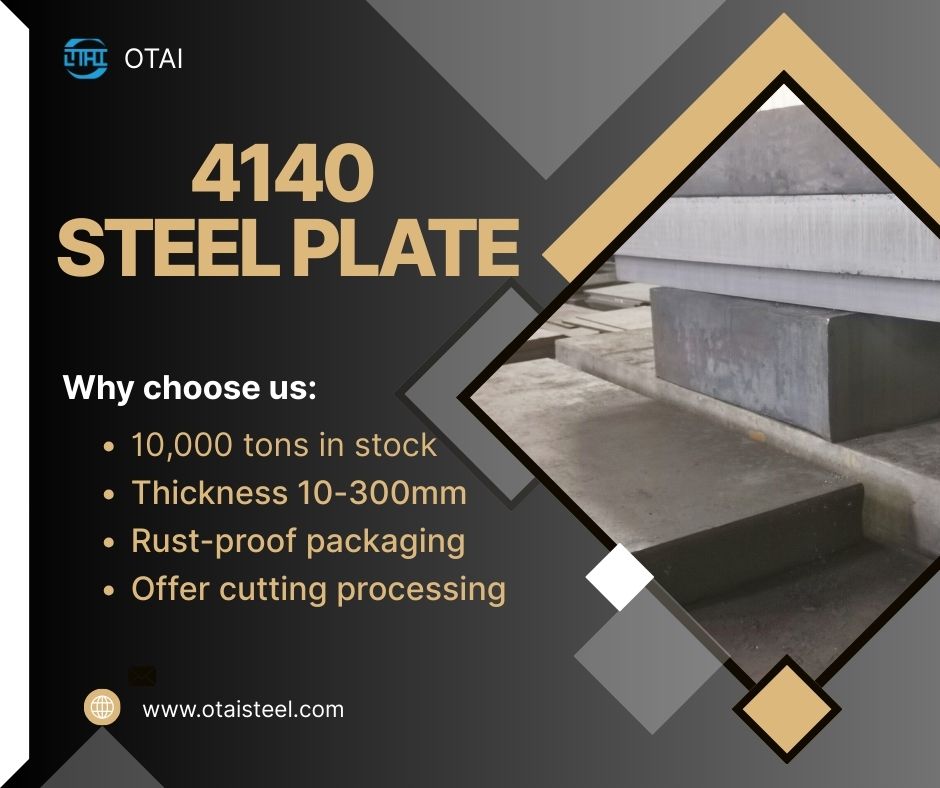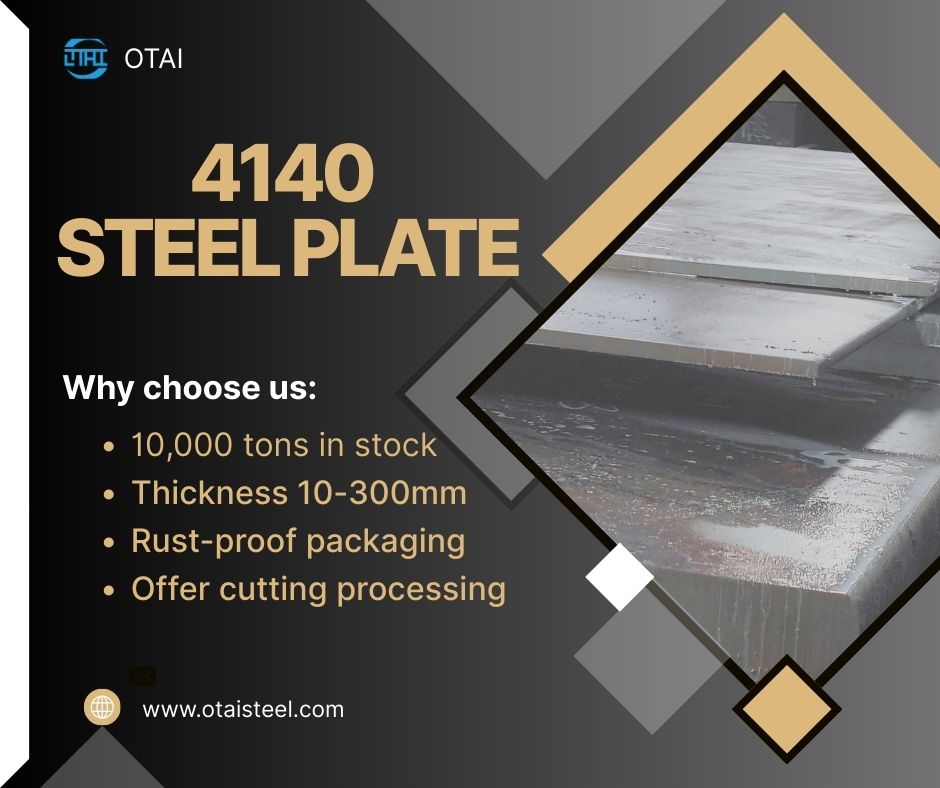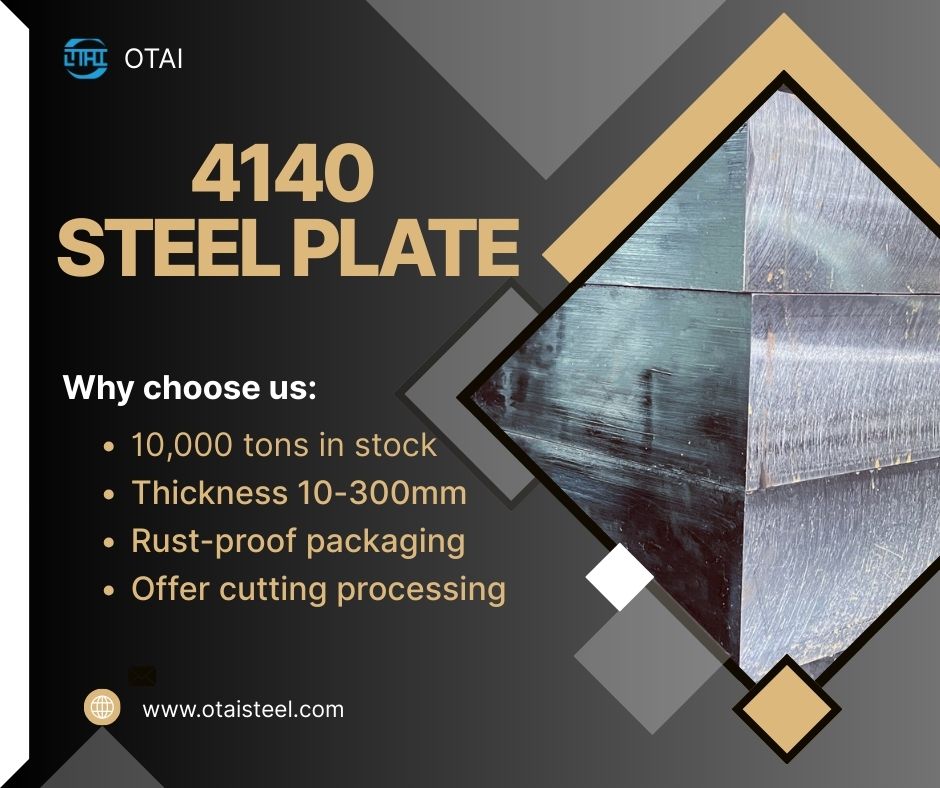 Is 4140 Steel Low Carbon?
Is 4140 Steel Low Carbon?
When selecting a steel grade for your next big engineering project, knowing its carbon content is a big deal. That brings us to the question: is 4140 steel low carbon? The short answer is no, but there’s much more to explore. From mechanical performance to machinability and heat treatment behavior, carbon plays a key role. Let’s take a deep dive into what 4140 steel really is and why its carbon content makes it so special.
🔬 What Is 4140 Steel?
4140 steel is a chromium-molybdenum alloy steel that falls under the AISI classification. It’s known for its excellent balance of toughness, wear resistance, and strength.
| Property Category | Details |
|---|---|
| AISI Designation | 4140 |
| Steel Type | Alloy steel |
| Common Form | Bar, Plate, Round Bar |
| Main Alloying Elements | Chromium (Cr), Molybdenum (Mo) |
| Typical Applications | Shafts, gears, dies, tooling |
4140 alloy steel is often supplied in various forms such as annealed, normalized, or quenched and tempered. So, where does carbon content fit in all of this?
⚗️ So, Is 4140 Steel Low Carbon?
Let’s take a look at the chemical composition of 4140 steel to answer this clearly.
| Element | Content (%) |
|---|---|
| Carbon (C) | 0.38 – 0.43 |
| Manganese (Mn) | 0.75 – 1.00 |
| Chromium (Cr) | 0.80 – 1.10 |
| Molybdenum (Mo) | 0.15 – 0.25 |
| Silicon (Si) | 0.15 – 0.35 |
With carbon content between 0.38% and 0.43%, 4140 steel is classified as a medium carbon steel, not a low carbon steel. In contrast, low carbon steels like 1018 or A36 contain less than 0.3% carbon.
This higher carbon level allows 4140 to undergo heat treatment effectively and reach high strength levels. So, to answer the core question—is 4140 steel low carbon? Absolutely not. It sits squarely in the medium carbon category, enabling excellent mechanical properties after quenching and tempering.
⚙️ Why the Carbon Level Matters
The carbon content of 4140 gives it a significant performance advantage:
| Property | Benefit of Medium Carbon in 4140 |
|---|---|
| Hardness (after quench) | Up to 50 HRC |
| Yield Strength | ~655 MPa (annealed) |
| Tensile Strength | Up to 1080 MPa (Q&T condition) |
| Wear Resistance | Better than low carbon steels |
| Machinability | Moderate (with proper tooling) |
Thanks to this carbon range, 4140 performs far better than low carbon steel for tools and structural parts where hardness and toughness are crucial.
🔧 Typical Uses That Require Its Strength
4140’s strength makes it ideal for:
-
Heavy-duty shafts and axles
-
Die and mold tooling
-
Drill collars and oilfield equipment
-
Crankshafts, gears, and spindles
In these applications, low carbon steels would simply wear out too fast or deform under load. The medium carbon content of 4140 makes it suitable for oil quenching and tempering, enabling much better performance.
🧰 Comparison With Other Steels
Let’s compare 4140 with some common steels to put its carbon level into perspective.
| Steel Grade | Carbon Content (%) | Classification |
|---|---|---|
| 1018 | 0.15 – 0.20 | Low Carbon |
| A36 | 0.25 (max) | Low Carbon |
| 4140 | 0.38 – 0.43 | Medium Carbon |
| 4340 | 0.38 – 0.43 | Medium Carbon |
| 1095 | 0.90 – 1.03 | High Carbon |
Clearly, 4140 is far beyond the low carbon range, giving it much greater potential for heat treatable strength and durability.
🔥 Can 4140 Be Welded or Machined?
Because of its carbon content, 4140 requires preheat before welding to prevent cracking. While machinable, it is more difficult than low-carbon steel. Using carbide tools and coolant helps improve the process.
This makes 4140 a great choice when you need strength, but you must plan for proper machining and welding procedures.
🏭 Is 4140 Steel Hot or Cold Rolled?
Both! 4140 steel is commonly available in hot rolled and cold drawn conditions. Cold drawing improves dimensional accuracy and surface finish, while hot rolling is more economical for large sections. The carbon level remains unchanged, but the processing affects the final properties.
🏆 Company Advantages
At Otai Special Steel, we specialize in providing high-quality 4140 steel plates and bars, stocked in thicknesses from 6mm to 300mm. Our value-added services include:
-
Precision cutting and custom dimensions
-
Quenching & tempering to your specifications
-
Ultrasonic testing and mill certification
-
Fast delivery with over 10,000 tons in stock
-
Export experience with Fortune 500 clients
Need a quote for your next project? 📩 Contact us now and get expert advice tailored to your application!
📧 Contact us: jack@otaisteel.com
📱 WhatsApp: +8676923190193
❓ FAQ: Is 4140 Steel Low Carbon?
Q1: Why is 4140 steel not considered low carbon?
Because it contains 0.38–0.43% carbon, which puts it in the medium carbon steel category.
Q2: What are the implications of medium carbon levels?
It means better hardenability, strength, and wear resistance—ideal for heavy-duty parts.
Q3: Can 4140 be used instead of low carbon steel?
Yes, but only where higher strength is needed. It is not suitable for deep drawing or welding without preheat.
Q4: Does the carbon level affect machinability?
Yes, it reduces machinability slightly compared to low-carbon steels, but with good tools and practices, it’s still very workable.
Q5: Is 4140 steel better than 1018 steel?
For high-stress applications—yes. 4140 outperforms low carbon steels like 1018 in strength, wear, and fatigue resistance.
